Tanker trailers are vital assets in the transportation industry, particularly for moving liquids, fuels, and gases. Their design varies significantly based on the specific application and the materials being transported. In this article, we explore the essential aspects of tanker trailers, focusing on their carrying capacity, types, and the factors influencing their specifications.
What is a Tanker Trailer?
Tanker trailers are specialized semi-trailers designed to carry liquid cargo. The structure typically consists of a large cylindrical tank mounted on a framework that connects to a truck for movement. These trailers are engineered to meet strict safety and regulatory standards, ensuring that the contents are transported without spills or environmental harm.
How Much Can a Tanker Trailer Hold?
The capacity of a tanker trailer primarily depends on its design and purpose. Tanker trailers hold various liquids, including water, gasoline, petroleum products, and even chemicals. The following table outlines average holding capacities for different types of tanker trailers:
| Tanker Type | Typical Capacity (Gallons) | Typical Capacity (Liters) |
|---|---|---|
| Petroleum Tanker | 6,000 – 11,000 | 22,700 – 41,640 |
| Chemical Tanker | 5,000 – 10,000 | 18,900 – 37,800 |
| Food Grade Tanker | 6,000 – 10,000 | 22,700 – 37,800 |
| Water Tanker | 3,000 – 5,000 | 11,400 – 18,900 |
| Beverage Tanker | 5,000 – 7,000 | 18,900 – 26,500 |
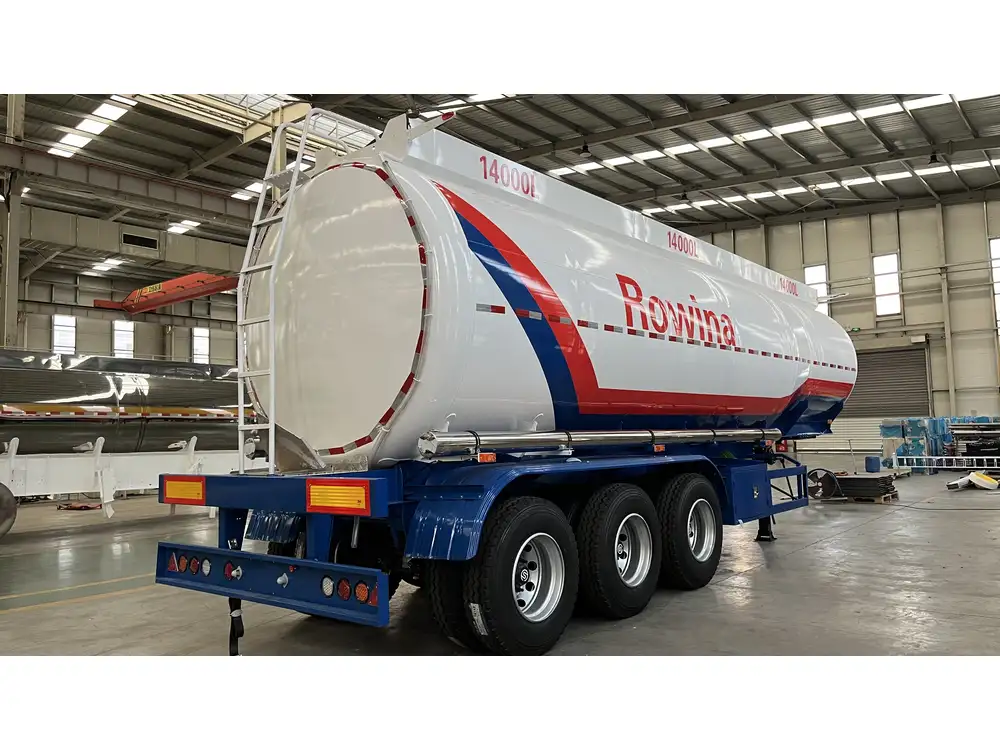
Key Factors Influencing Capacity
Tank Size and Dimensions:
- The volume of a tanker trailer is determined by its size and shape. Cylindrical tanks maximize the volume of liquid they can carry while maintaining structural integrity under pressure.
Material:
- The construction material can affect the tank’s weight and overall capacity. Common materials include aluminum, stainless steel, and carbon steel—each providing different benefits in terms of weight, durability, and resistance to corrosion.
Regulatory Requirements:
- Government regulations often dictate the maximum allowable capacity for carriers transporting hazardous materials. Compliance with such mandates can influence the design and total volume of a tanker trailer.
Weight Limits:
- Different states and countries impose weight limits on vehicles. The combined weight of the tanker, its contents, and the tractor unit must remain within legal limits, affecting how much liquid can be transported.
Loading Method:
- The technique used to load and unload the tanker can also influence its effective carrying capacity. Certain designs facilitate easier loading and may allow for a more efficient use of space.
Types of Tanker Trailers and Their Capacities
Choosing the right tanker trailer involves understanding the different types available and their respective capacities. Here’s a deeper look into various types of tankers:
1. Petroleum Tankers
Petroleum tankers are designed for transporting crude oil, gasoline, diesel, and other fuels. They typically have large capacities, often ranging from 6,000 to 11,000 gallons. Their internal baffles help prevent sloshing and provide structural integrity during movement.
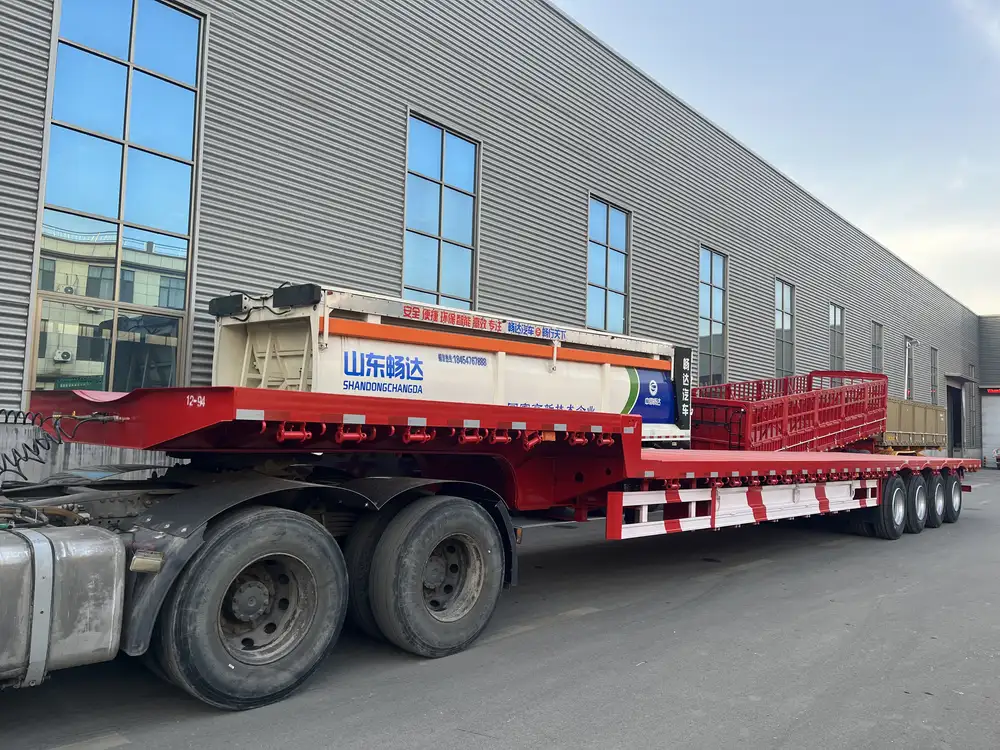
2. Chemical Tankers
Transporting hazardous or corrosive liquids requires specialized tanker trailers known as chemical tankers. These vehicles often have specific linings and materials to prevent reactions with the cargo. They usually hold between 5,000 and 10,000 gallons.
3. Food Grade Tankers
Food grade tankers are utilized for transporting edible liquids such as milk, juices, or edible oils. These trailers are constructed with non-reactive materials and have smooth interiors to prevent contamination. Capacities frequently range from 6,000 to 10,000 gallons.
4. Water Tankers
Water tankers are generally used for municipal, construction, and agricultural needs. Though they tend to hold less liquid, averaging between 3,000 and 5,000 gallons, they play an essential role in supplying potable and non-potable water.
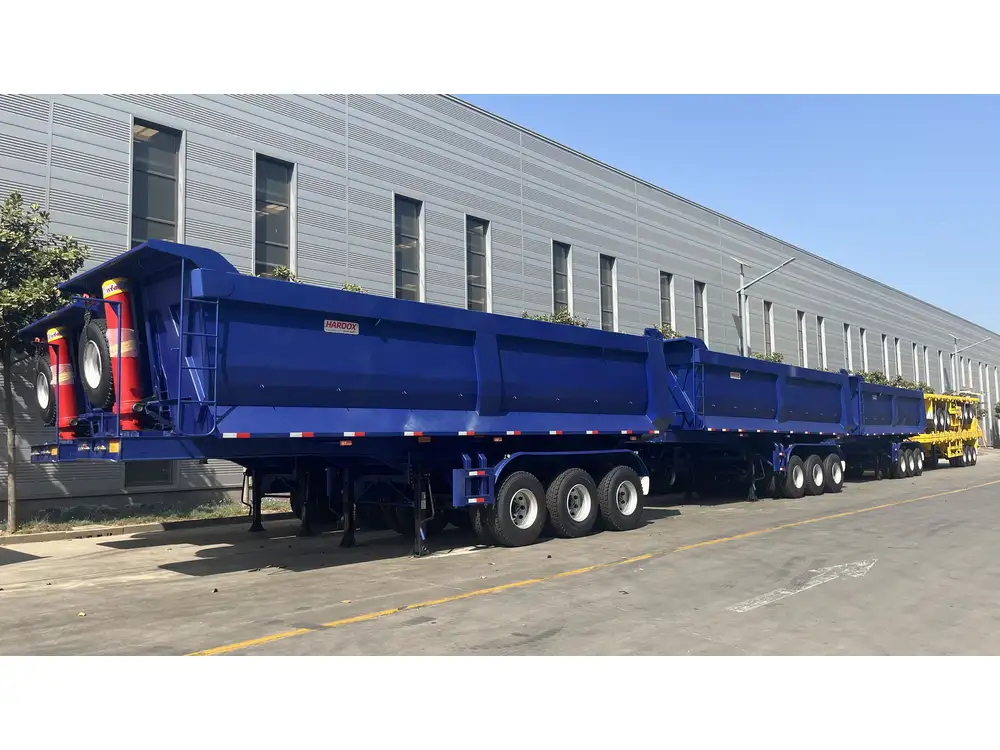
5. Beverage Tankers
These tankers specifically transport beverages including carbonated drinks and juices. Their capacity ranges from 5,000 to 7,000 gallons and is constructed with materials that prevent flavor alteration or contamination.
Advantages of Efficient Tanker Trailer Design
A well-designed tanker trailer can lead to numerous advantages:
1. Increased Safety
- Advanced design features, such as baffles and reinforced materials, help mitigate the risk of spills and accidents, protecting both the environment and personnel.
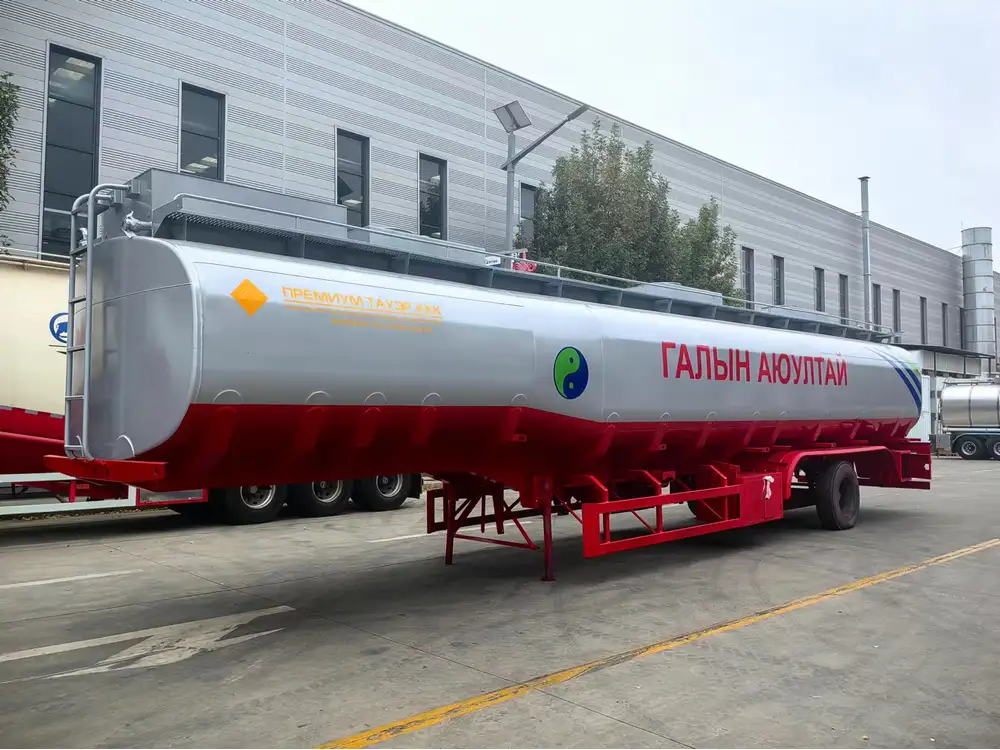
2. Enhanced Fuel Efficiency
- A lighter trailer reduces fuel consumption, increasing overall efficiency and profitability for transport businesses.
3. Reduced Maintenance Costs
- Durable materials and well-thought-out designs lower the frequency and cost of repairs, making them economically viable in the long run.
4. Improved Loading and Unloading
- Features such as pump systems and hatches in the right locations streamline the loading and unloading processes, reducing downtime.
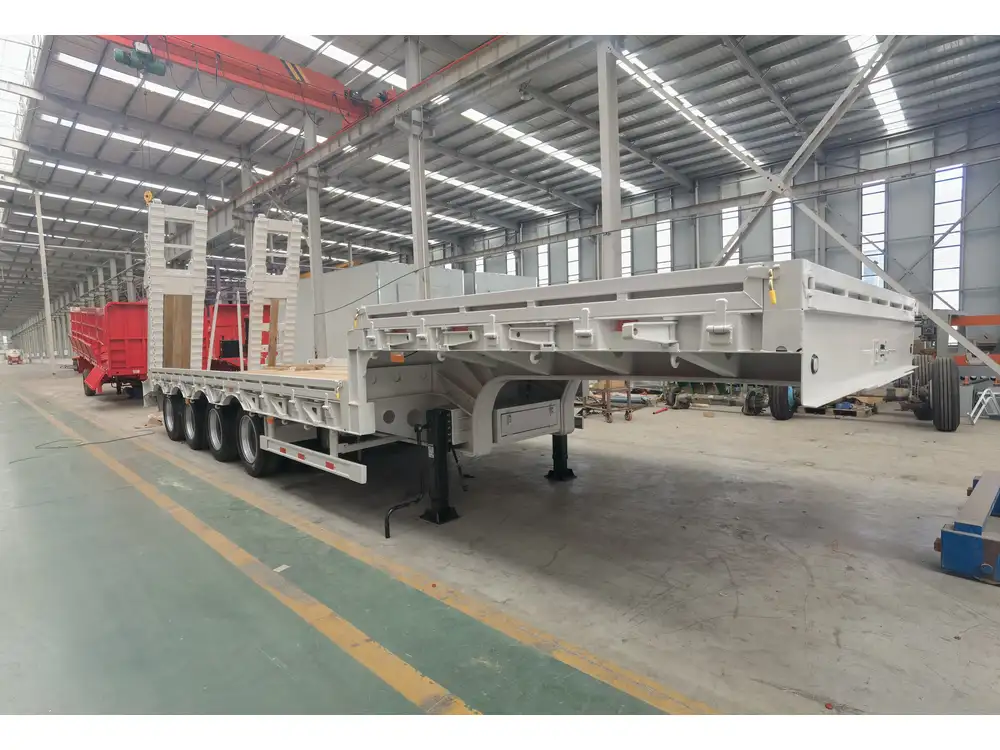
Maintenance Tips for Tanker Trailers
Maintaining a tanker trailer is essential for ensuring safety and longevity. Here are key maintenance practices:
1. Regular Inspections
- Thoroughly inspect the tank for any signs of wear and tear. Look for dents, rust, or leaks that can compromise the integrity of the unit.
2. Pressure Testing
- Schedule regular pressure tests to verify that the tank can withstand the intended loads without risk of leaking.
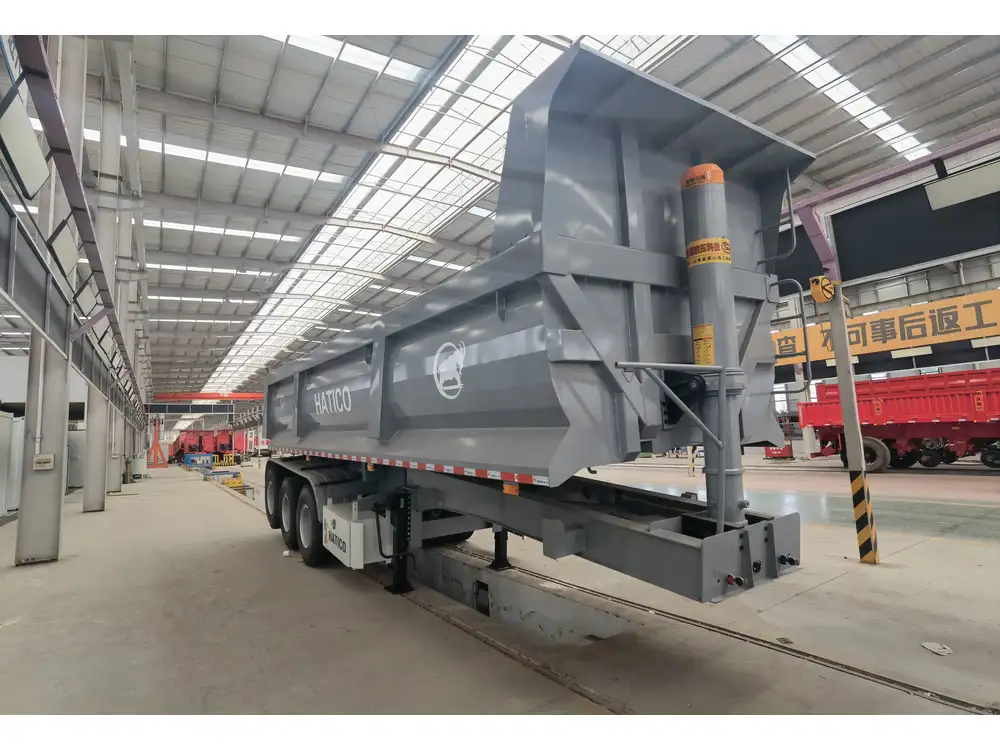
3. Cleaning
- Maintain cleanliness inside each tank, especially if switching cargo types. Residual materials can contaminate new loads, particularly in food grade and chemical tankers.
4. Functional Checks
- Regularly inspect valves, gauges, and pumps to ensure they function correctly and replace any faulty components immediately.
Regulatory Considerations for Tanker Trailers
Transporting liquids, particularly hazardous materials, comes with strict regulations:
DOT Regulations:
- In the United States, the Department of Transportation (DOT) has specific guidelines governing the construction and operation of tanker trailers. Compliance with these regulations is paramount.
HazMat Regulations:
- For transporters of hazardous materials, the Hazardous Materials Transportation Act (HMTA) stipulates requirements for training, reporting, and compliance, which must be adhered to strictly.
International Regulations:
- For firms operating across borders, international regulations like those set by the International Maritime Organization (IMO) can dictate modifications and capacities for tanker trailers.

Conclusion: Choosing the Right Tanker Trailer
Selecting the right tanker trailer involves careful consideration of capacity, type, regulatory mandates, and maintenance necessities. Understanding how much a tanker trailer can hold is integral to optimizing operations within the transportation sector. Whether transporting hazardous substances or food grade products, the choice you make can significantly impact efficiency, safety, and regulatory compliance. Companies must assess their specific needs, recognize the various options available, and prioritize investing in a high-quality tanker trailer that aligns with their operational goals. By adhering to maintenance guidelines and staying informed of regulatory requirements, businesses can enhance their shipping efficiency and maintain a strong, reliable fleet.
In summary, knowledge is pivotal in making informed decisions about tanker trailers and their capacities, ultimately leading to smarter investments and operational success. As the industry evolves, staying abreast of the latest innovations and compliance protocols will ensure that carriers maintain safe and efficient transportation of essential liquids.



